I think I have a clear enough idea of the problem to offer an answer.
Basically the three-cornered region's interior consists entirely of points that undershoot the three estimated distances (inaccurate circle radii). So it is not surprising that an iterative improvement to the solution, seeking a minimum squared error approximation, will move the point outside that three-cornered region.
More about why the points inside the region give distances that are below the given estimates: These points are exactly those that are inside all three circles (if such an arrangement holds). Therefore the three distances from such a point to the circles' centers are all below their respective radii.
Using the average of the three corner points (is this what is meant by cluster points in the question?) is probably a pretty good way to start. If there is a simple place to improve the calculation, it might lie in using a weighted least squares criterion rather than an absolute least squares criterion.
What I mean by this is that if one radius is 10 yards, and the other two radii are much larger (say 200 and 300 yards for the sake of discussion), it probably doesn't make sense to assume the estimated distances all have errors of about equal size (which is what an absolute least squares fit looks for). Instead assuming the error in the estimated distances is roughly proportion to each distance (a relative error criterion) is more likely to produce a better solution, e.g. giving a greater weight to the shorter distance (because a proportional error in that would be less in absolute magnitude than the proportional error in the longer distances).
This is just a sketch of one idea you might want to incorporate in your solution. I take you have only the three data to work with (locations known to fairly good accuracy as centers of circles, greater uncertainty in the three radii). So it doesn't make sense to try and apply methods that are sophisticated in respect of accuracy, but rather to prefer methods that give a robust solution. I think the relative error criterion would move you in that direction.

